Managing global volatility and competition in chemicals
When cost and risk reduction matter, the industry chooses Shubhaga
PROMOTING AN EVOLUTION IN THE CHEMICALS INDUSTRY
The chemicals industry has suffered in recent years from volatility and declining demand, as well as eroding margins, pricing pressures, competition, inflation, cost increases and supply issues. In addition, chemical companies must work to meet aggressive goals set by regulatory authorities in the U.S. and Europe.
To enable growth, the chemicals industry needs to focus on alternative sales channels, new areas of demand and digitalization of the value chain to improve visibility and increase efficiencies. Chemical companies need to make their supply chains more resilient and sustainable by identifying alternate sources and geographies of supply, and they must also fulfill their ESG commitments.
To help solve these challenges, procurement and supply chain teams must adapt to new challenges and evolution in demand. They must collaborate to identify new value levers, offset rising costs and guide sustainability initiatives.
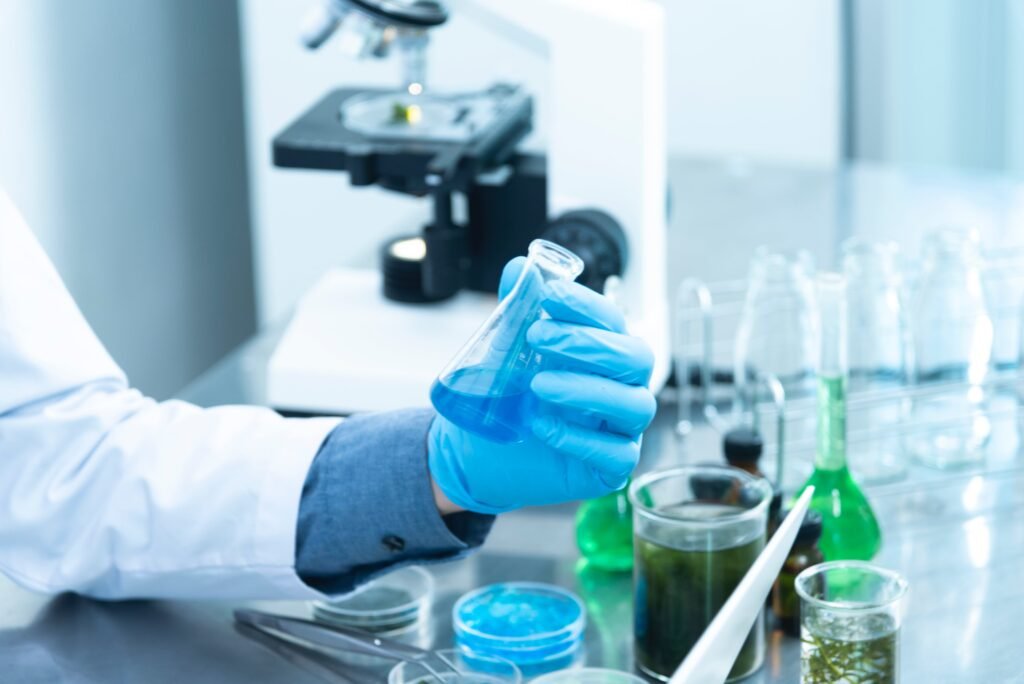
Bulk Chemicals
Bulk chemicals refer to large quantities of chemicals that are typically produced and used in industrial processes. These chemicals can include raw materials, intermediates, and finished products used in various industries such as manufacturing, agriculture, pharmaceuticals, and many others. The production and handling of bulk chemicals require strict adherence to safety and environmental standards to ensure the protection of workers and the environment. If you have specific questions about bulk chemicals or need more information about a particular type of chemical, feel free to ask for assistance.
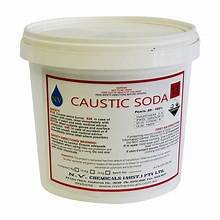
Caustic
Caustic is a term used to describe a substance that is highly reactive and can cause burns or damage upon contact with living tissues. Caustic substances are typically alkaline in nature and can be found in many different forms, including liquids, solids, and gases.Some common examples of caustic substances include sodium hydroxide (NaOH), potassium hydroxide (KOH), ammonia (NH3), and various acids such as sulfuric acid (H2SO4) and hydrochloric acid (HCl). These chemicals are often used in industrial processes such as manufacturing, cleaning, and wastewater treatment, as well as in household products such as drain cleaners and oven cleaners.
Hydrogen Peroxide
Hydrogen peroxide is a chemical compound with the formula H2O2. It is a pale blue liquid that appears colorless in its pure form. Hydrogen peroxide is known for its strong oxidizing properties and is widely used for various purposes.
One of the most common uses of hydrogen peroxide is as a disinfectant and antiseptic. It can be used to clean wounds, cuts, and scrapes to prevent infection. When it comes into contact with organic material, such as bacteria or viruses, hydrogen peroxide releases oxygen, which helps kill the microorganisms.
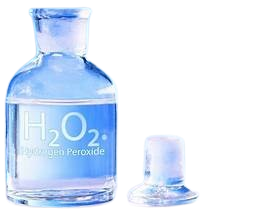
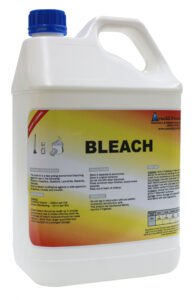
Bleaching Powder
Bleaching Powder One of the most common uses of hydrogen peroxide is as a disinfectant and antiseptic. It can be used to clean wounds, cuts, and scrapes to prevent infection. When it comes into contact with organic material, such as bacteria or viruses, hydrogen peroxide releases oxygen, which helps kill the microorganisms.
Additionally, hydrogen peroxide is used as a bleaching agent. It is commonly found in hair bleach, teeth whitening products, and as a stain remover for fabrics. It can also be used to lighten hair or remove stains from surfaces, though caution should be exercised as it can bleach or discolor certain materials.
Aluminium Chloride
Aluminium Chloride One of the most common uses of hydrogen peroxide is as a disinfectant and antiseptic. It can be used to clean wounds, cuts, and scrapes to prevent infection. When it comes into contact with organic material, such as bacteria or viruses, hydrogen peroxide releases oxygen, which helps kill the microorganisms.
Additionally, hydrogen peroxide is used as a bleaching agent. It is commonly found in hair bleach, teeth whitening products, and as a stain remover for fabrics. It can also be used to lighten hair or remove stains from surfaces, though caution should be exercised as it can bleach or discolor certain materials.
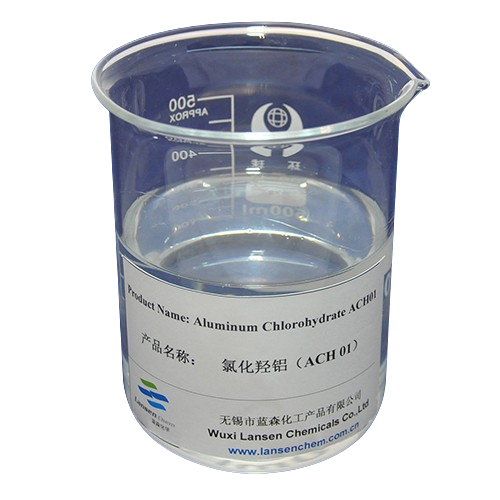
Speciality Chemicals
Specialty chemicals, also known as performance chemicals or fine chemicals, are chemicals manufactured for specific applications and industries. They are typically high-value and high-margin products, as they require specialized knowledge and expertise to produce.
These chemicals are used in a wide range of industries, including pharmaceuticals, agrochemicals, construction, automotive, electronics, textiles, and personal care. They can enhance the performance or provide specific characteristics to the products they are used in.
Specialty chemicals can include various types of chemicals, such as adhesives and sealants, catalysts, coatings, colorants, surfactants, polymers, and additives. They are often produced in smaller quantities compared to commodity chemicals and require more complex manufacturing processes.
Surfactants
Surfactants, short for surface-active agents, are substances that reduce the surface tension between liquids or between a liquid and a solid. They are commonly used in cleaning products, detergents, and personal care products. Surfactants have a hydrophilic (water-loving) head and a hydrophobic (water-repelling) tail, which allows them to interact with both water and oils or grease.
The main function of surfactants is to lower the interfacial tension between two substances and enhance the mixing and spreading of liquids. They can form micelles, which are small structures that encapsulate and solubilize oily or greasy substances in water. This allows surfactants to effectively remove dirt, oil, and stains from surfaces.
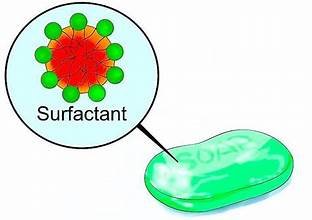
Pigments
Pigments are substances that absorb or reflect light to produce color. They are used in various applications, such as paint, ink, cosmetics, and pigments in eyes, skin, and hair. Pigments can be classified into two types: organic and inorganic. Organic pigments are derived from carbon-based compounds and tend to have brighter and more vibrant colors. Inorganic pigments, on the other hand, are usually metallic compounds and provide a wider range of colors. Pigments can be natural, derived from minerals or plants, or synthetic, created through chemical processes. The properties of pigments, such as hue, saturation, and lightfastness, depend on their chemical composition and crystal structure.
